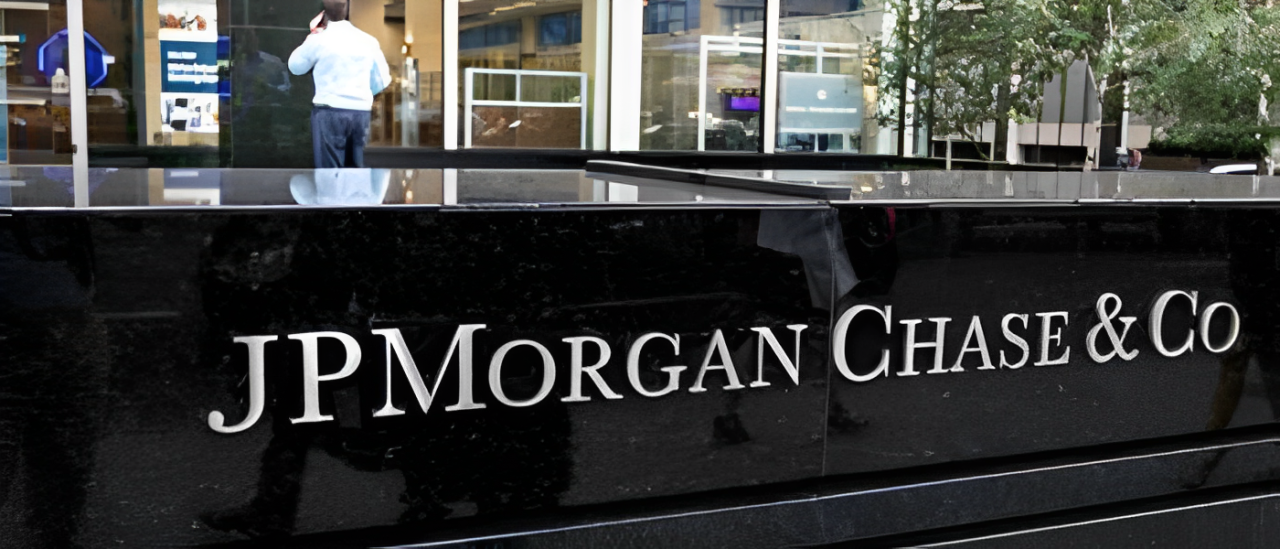Joseph Stefankiewicz— Senior Personal Banker, WSFS Bank, Valley Forge, Pa.—and Joseph DiTommaso—Vice President and Customer Service Manager at First Resource Bank, Wayne, Pa.—have careers that span some of the most transformative decades in the financial services industry. From cumbersome microfiche machines to the rise of artificial intelligence (AI), their stories paint a vivid picture of an industry in perpetual motion.
Stefankiewicz, who has worked for a dozen banks over 40 years, observes, “Many of the banks I’ve worked for don’t exist anymore. Bank mergers and acquisitions have reshaped the landscape.”
DiTommaso, with 22 years and four banks under his belt, agrees, adding, “Surviving these transitions has taught me that adaptability is the key to thriving in this business.”
The Microfiche Era: The Manual Labor of Traditional Banking
“When I first started,” Stefankiewicz recalls, “we verified customers using microfiche—small, film-like plates that contained thousands of tiny, compressed images of signature cards. You had to load the plate into a clunky machine, locate the grid coordinates, and pray the bulb didn’t burn out in the middle of a transaction.”
The process, while painstaking, was crucial for accuracy. “Imagine being a young teller,” he continues, “with a line of 25 customers in front of you on the third of the month, all waiting for their Social Security checks. Turning your back to fiddle with the microfiche machine, knowing the line was growing, wasn’t just stressful—it was a rite of passage.”
DiTommaso, entering the field in the early 2000s, experienced the tail end of this era. “By then, we’d transitioned to faxing signature cards, which introduced its own inefficiencies,” he explains. “I’ll never forget a new teller attempting to fax a signature card by feeding it into a typewriter. It was a reminder that even technological ‘upgrades’ come with a learning curve.”
Social Security Day: Banker Life Before Direct Deposit
Both bankers reminisce about the “first and third” of each month, when Social Security checks arrived. “Lines would snake out the door,” DiTommaso shares. “Customers would often be parked outside before we opened, eager to cash their checks. It was their lifeline, and the energy in the branch was electric.”
Stefankiewicz recounts the unique logistics of these busy days. “In the days before snake lines, each teller had an individual line, sometimes with 25 or more customers. Guards had to physically move entire lines when a teller went to lunch to prevent a stampede of senior citizens eager to secure their spot.”
Direct deposit, when introduced, faced resistance. “Many customers, especially older ones, wanted to feel the check in their hand and the cash in their pocket,” Stefankiewicz recalls. “It was a tangible reassurance—a habit rooted in their Depression-era upbringing.”
A Paradigm Shift in Banking: The Impact of Check 21
The advent of Check 21 in the early 2000s marked a seismic shift in banking operations. “Before Check 21, clearing checks depended on their physical transport,” DiTommaso explains. “If a customer deposited a check from California, it had to be driven or flown across multiple Federal Reserve locations to reach its originating bank. Hold times varied based on routing numbers, and customers often relied on tellers to explain these delays.”
“Check 21 was a game-changer,” Stefankiewicz adds. “It allowed checks to be converted into electronic images, drastically reducing processing times and eliminating much of the confusion over hold periods. It also curtailed customers’ ability to ‘play the float,’ minimizing fraud, while forcing them to manage their finances differently.”
The Growth of Digital Banking
As banking has embraced digital solutions, the pace of change has only accelerated. “Today, customers expect instant money movement,” Stefankiewicz notes. “Apps like Venmo and Zelle have set a high bar, but many don’t realize these transactions aren’t truly instantaneous. Europe seems to have a head start on faster payments, and I think the U.S. will catch up soon.”
DiTommaso envisions AI playing a larger role in banking’s future. “AI can learn customer habits and make banking more seamless,” he says. “Imagine AI notifying a customer of a better mortgage rate based on their payment history or identifying fraud in real-time by recognizing spending patterns. These advancements could revolutionize customer experiences.”
The Continued Importance of Human Connection in Banking
Reflecting on their years in the industry, Stefankiewicz and DiTommaso emphasize the importance of adaptability and customer focus. “The tools we use may have changed, but the essence of banking—building relationships and earning trust—remains the same,” Stefankiewicz asserts.
DiTommaso adds, “In the end, it’s about understanding what customers need, whether it’s the reassurance of seeing their money or the convenience of digital tools. Balancing these priorities is what makes banking both challenging and rewarding.”
Lessons for a New Generation of Bankers
Stefankiewicz and DiTommaso offer timeless advice to aspiring bankers. “Stay curious and embrace change,” DiTommaso advises. “The industry is evolving faster than ever, and those who adapt will thrive.”
Stefankiewicz adds, “Don’t underestimate the power of history. Understanding where banking has been helps you appreciate where it’s going—and ensures you’re ready for the next big change.”
Their reflections remind us that while technology has reshaped the banking industry, the core values of trust, service, and innovation continue to guide its future. For those entering the field, the journey ahead promises to be as dynamic and fulfilling as the stories of those who came before.





















